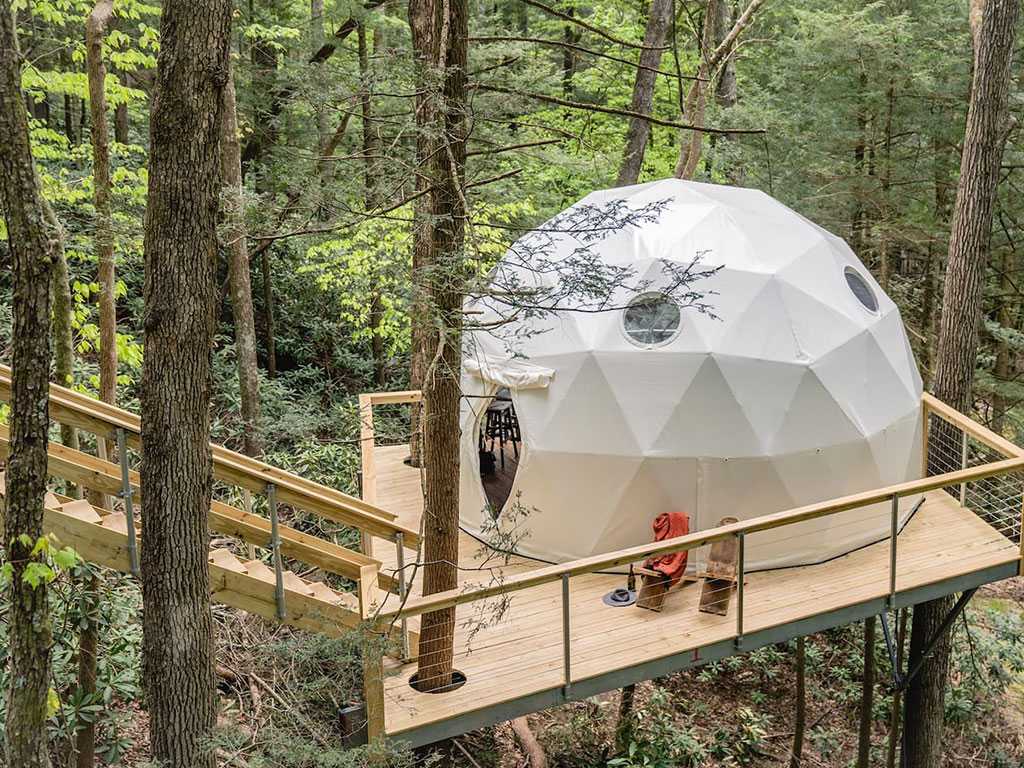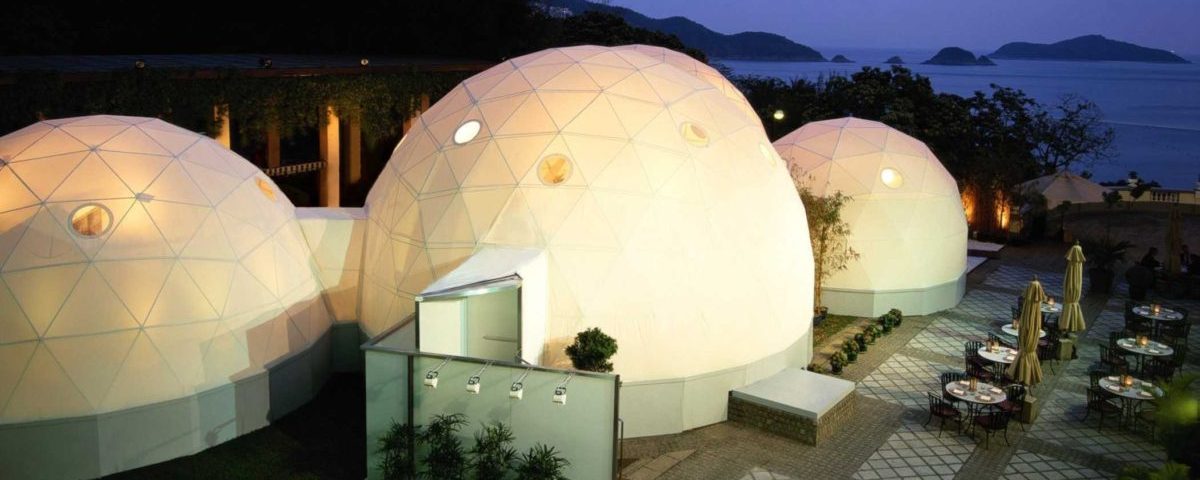The Original Geodesic Dome Company
As the original, award-winning manufacturer of geodesic domes, we are committed to the most efficient and elegant architectural solutions.
Since 1980, we have designed and engineered the strongest, most portable, easy to install, and durable Dome Homes, Event Domes, Greenhouse Domes & Playground Domes

We offer many types of Dome Uses
From Dome Homes to Event Domes and Projection Theaters
Pacific Domes has brought the world the portable event dome that has been the center of festivals and music events

From Canada to Australia,
you can explore our map of
Resort, Airbnb and Glamping Domes.
For geodesic dome sales and rentals,
please call 1 (541) 488-7737 or click here for a free quote.


